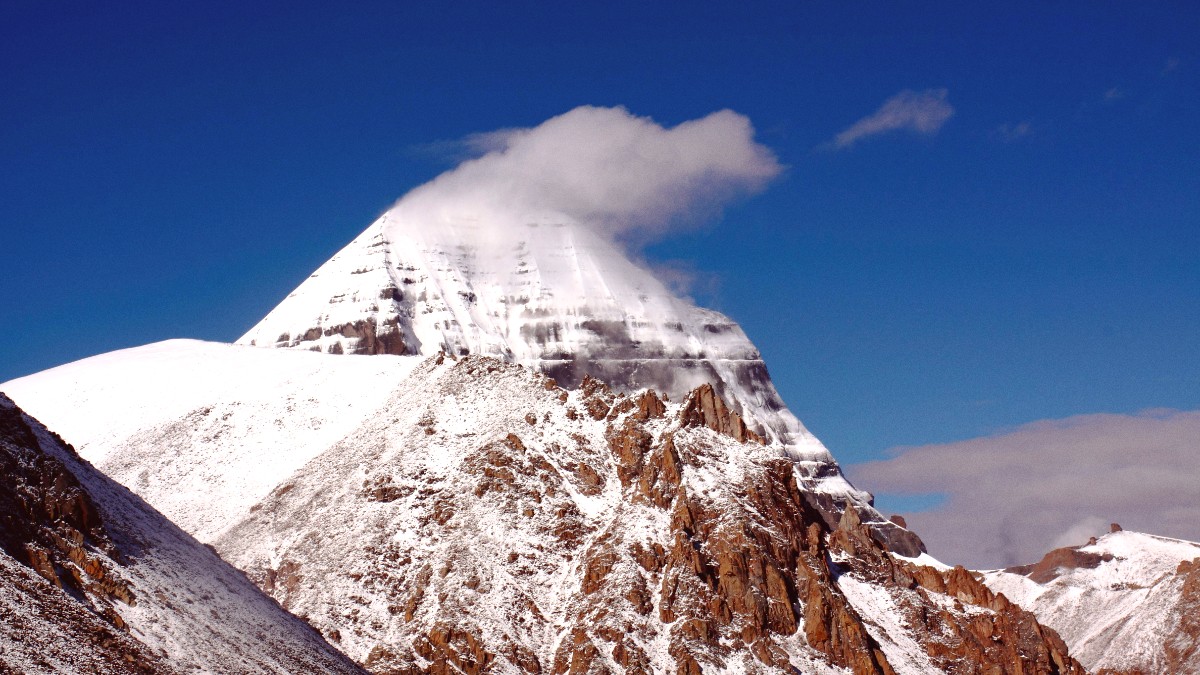
Tibet, China
A layering system is for comfort and safety at high altitudes.
Protect your extremities from the cold and sun.
Sturdy, waterproof, well break-in Hiking boots with good ankle support and grip. Men's example, Women's example.
Lightweight, comfortable shoes for guesthouses or after trekking. Give your feet a break. Crocs example, General sandals.
Suggested to prevent snow, mud, or debris from entering your boots on wet or snowy sections. Gaiters example.
Prepare your documents carefully. Missing items can cause significant delays.
Charging opportunities are limited in remote areas.
Capture your journey and keep devices powered.
Google Translate (offline packs for Mandarin/Tibetan), Pleco (Chinese dictionary), WeChat (for messaging in China, as WhatsApp/others are blocked).
Maps.me (offline maps), Baidu Maps (in Chinese). A reliable VPN (NordVPN, ExpressVPN) downloaded and configured Before arriving in China.
Consider a generic travel planner or itinerary app to keep your schedule organized.
Assemble a comprehensive First aid kit tailored to high-altitude travel. Compact kit example.
Address common issues and personal needs.
The Kailash kora needs specialized gear for safety and comfort.
Keep your devices powered and gear dry.
Consider what to bring from home versus what to acquire locally.
These items enhance your comfort and security during the journey.
It is best to bring these from home, as options and quality are limited in remote areas.
Reduces plastic waste.
Minimizes plastic bag use.
For hot drinks, reduces disposable cup use.
Biodegradable options for minimal impact.
Categorize your packing by activity (trekking, rest, cultural visits) to ensure you have everything needed without overpacking.
Consider using packing cubes to organize your layers and keep clothes compressed and tidy.